Things the Mind Already Knows
The Work of Maurice Lye
CASSANDRA FUSCO
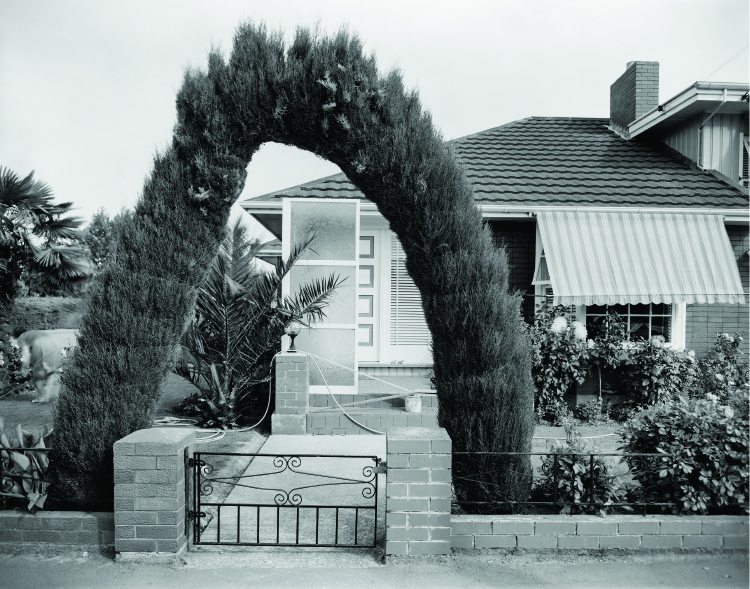
MAURICE LYE Bend [Merivale, Christchurch] 1983 Pencil yypress, Cupressus sempervirens Totem. Introduced to New Zealand, 4 x 5” film.
Christchurch-based photographer Maurice Lye is wide-ranging and systematic in his considerations of natural and manufactured structures throughout Aotearoa New Zealand.1 Whether in colour or black-and-white, his modus operandi is understated, quietly deliberate, employing alterations of neither light nor angle. The subjects are neither strange nor esoteric. On the contrary, they are familiar ― utterly Kiwi. Or are they?
The images reproduced here, some from Lye’s 2009 exhibition Still Lives at CoCA, Christchurch, index specific introduced trees and recognisable sites. They have demonstrable histories and public presence and are so ordinary that they are often seen but overlooked, or ignored. And while Lye’s sighting of these conjoined elements is totally unstaged, there is an inherent accent on human actions and impact, reinforced by pithy titles. Lye’s index, with an almost affectionate taxonomic inflexion, subtly persuades us to second-glance quiet ironies of subject and setting.
Perhaps because these images are so familiar and accessible they can both stimulate and challenge memory, recognition and recall, and spur us to rethink the already known. Looking close helps. Why? Because the incitement is subtle, quietly formal.
Consider the interplay of geometries and titles ― triangles of fastigiated pines and palms, and rectangles of sheared spruce and hacked macrocarpa ― in Shirley, Cropped, and Break, and how these are bifurcated by slightly tipsy ‘Stop’ and ‘Give Way’ road signs. Consider the same interplay of parts in Triangle ― between the Norfolk pine (the triangle tree), the chevron road sign permitting traffic both ways, and the road marking ‘WAY’ (minus the ‘GIVE’). And Bend? Does the work reference the restraining string spiralling through the pencil cyprus in the Christchurch suburb, or the posture of the kneeling gardener? Do these images, of cropped and coiffed exotics in environs sculpted to suit, invite us to compare regional idiosyncrasies, forms and designs based on function or the decorative?
There is a known, credible quality here. A tree and a signpost―unpresupposing any secondary level of meaning or connotation. Perhaps. Except that Lye’s deliberate record of natural and manufactured aspects, conjoining two different signifying systems, kindles questions.
Is he asking us to rethink our use of space? Are these imported species and signposts and terse titles part of a minimalist synecdoche (whereby a whole is represented by a part) re-viewing our actions and their impact?
Maurice Lye’s images document unassuming moments and decisions, some aspirational and others reflecting a more prosaic need and resulting action. John Berger’s comment that ‘a photograph, more than any other visual image, is not a rendering or an interpretation of its subject, but actually a trace of it’, appears apt. Close reading of any trace may well re-form the ‘already known’ and encourage thought beyond the second glance.
1. In 2010 Lye self-published Only God Can Make a Tree, a book of photographs taken over a period of more than 30 years.
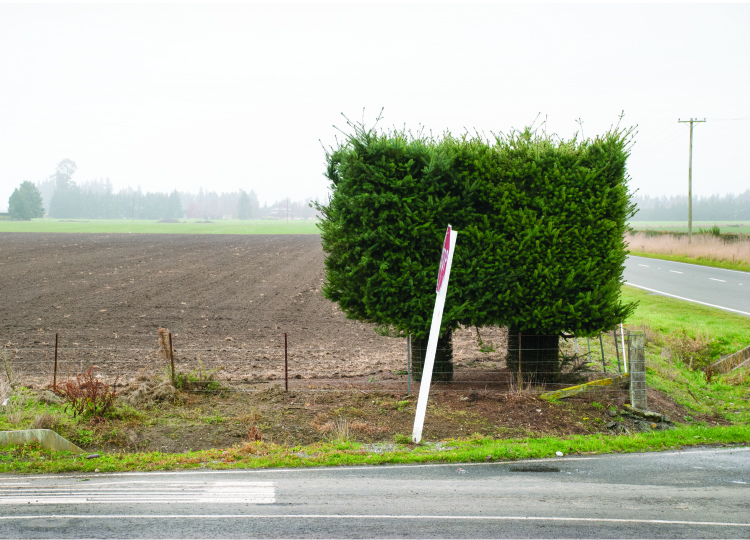
MAURICE LYE Cropped [Rakaia, Canterbury] 2008 Spruce, genus Picea. Introduced to New Zealand Digital image
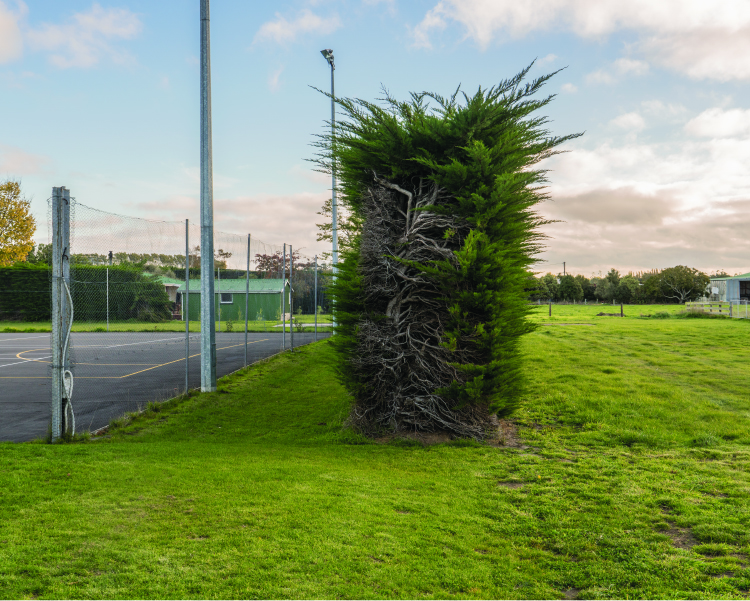
MAURICE LYE Break [Green Park, Canterbury] 2017 Monterey cypress, Cupressus macrocarpa (now classed as Hesperocyparis macrocarpa). Introduced to New Zealand Digital image
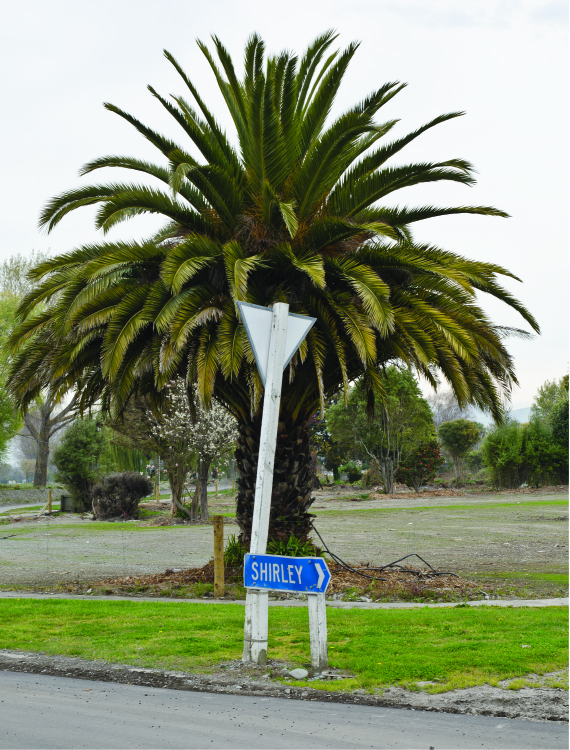
MAURICE LYE Shirley [Burwood, Christchurch] 2013 Canary Island date palm, Phoenix canariensis. Introduced to New Zealand Digital image
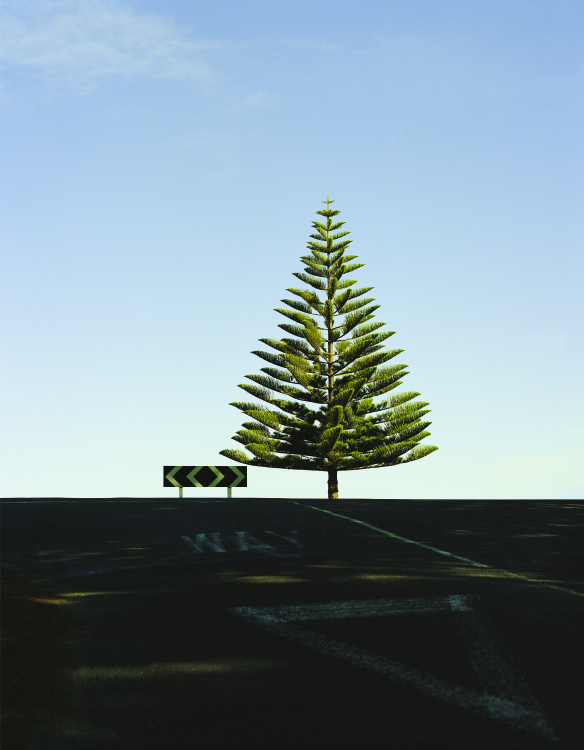
MAURICE LYE Triangle [Gisborne] 2007 Norfolk Island pine, Araucaria heterophylla. Introduced to New ZealandMedium format film
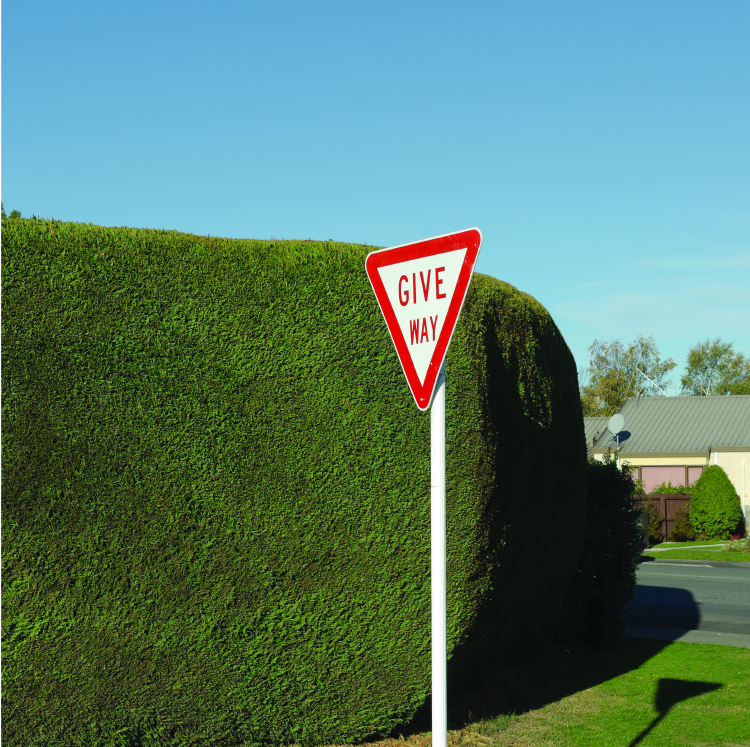
MAURICE LYE Smooth [Rangiora, Canterbury] 2015 Monterey cypress, Cupressus macrocarpa (now classed as Hesperocyparis macrocarpa). Introduced to New Zealand Digital image

MAURICE LYE Snug [Otago] 2015 Monterey cypress, Cupressus macrocarpa (now classed as Hesperocyparis macrocarpa). Introduced to New Zealand Digital image
